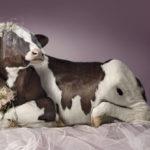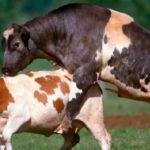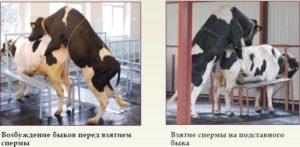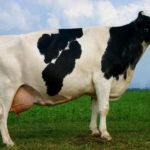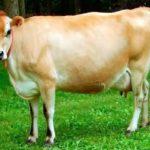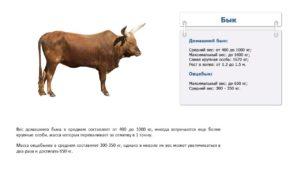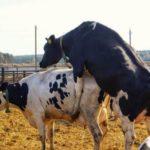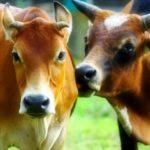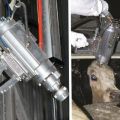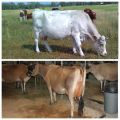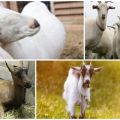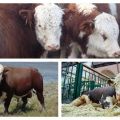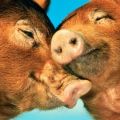Best age for mating cows and possible insemination problems
Reproduction is an integral stage in the animal husbandry process, including breeding cows. Without mating, not a single calf will be born, there will be no procreation. To properly prepare for the mating of cows, you need to be able to determine the period of hunting in females, choose suitable males and females, control the mating process, and also know what problems you may encounter.
Natural instinct
Sexual arousal and mating in cows is regulated by instinct. If the animal is healthy, it comes into a state of heat at regular intervals.
The readiness of the bull and cow to mate
Heifers can occur at the age of 1.5 years, although physiological development allows them to become pregnant from about 7-8 months. However, at this age, young females still continue to grow rapidly, so pregnancy is undesirable. Bearing a calf will not benefit either the heifer or the offspring, it will slow down the development of the mother's body, the calf will be weak, small, and prone to disease.
Mating cows in nature
If cows are constantly together in the same herd, then mating occurs under the influence of instinct. The bull has the ability to control the condition of each female and inseminates when they come to hunt.

Hunting signs
Mating in animal husbandry is carried out at the moment when the body of the females is ready to conceive. The state of sexual activity can be determined by the behavior of cows, which become restless, eat little, moo, motor activity increases, and milk yield decreases. Hunting begins in heifers at the age of 7-8 months, lasts 0.5-1.5 days, it is repeated every 18-25 days. If mating takes place during the hunting period, the probability of fertilization will be maximum.
Methods for determining heat in cows
The efficiency of livestock breeding depends on the rate of reproduction of the cow population and is associated with the effectiveness of fertilization, which, in turn, affects the productivity of livestock, the number of calves received. Achieving excellent performance in this direction is possible only if the rules for monitoring and conducting mating are observed.In addition to external signs such as changed behavior and mucus from the genitals, it is possible to determine the onset of heat using several methods.
Body temperature measurement
The temperature of cows in heat increases. In cattle, it is measured with a thermometer inserted into the rectum or vagina. The disadvantage of this method is that an increase in temperature may be the result not of sexual arousal, but of inflammatory processes.
Test bulls
The readiness of females for breeding is determined with the help of castrated bulls, which are released into the general herd to the cows. Those individuals that allow them to come close and allow them to jump on themselves are most likely to be in the hunt.
Instrumental way
It is based on the fact that in a state of hunting, cows allow other individuals, both bulls and cows, to jump on themselves. To heifers and adult females, bright dye of different colors is applied to the root of the tail, which is erased by animal contact. This way you can find out if an individual is exhibiting sexual behavior. This method is not considered reliable, so you should not rely only on it.
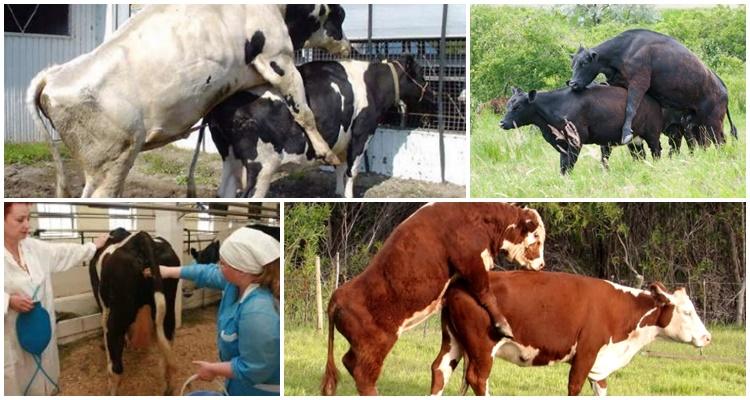
The degree of follicular maturation is determined by rectal or vaginal examination. During the examination, you can notice clear signs of hunting - swelling and redness of the genital tract, changes in the ovaries and uterus.
Pedometry
A walking cow exhibits increased physical activity, so electronic pedometers are put on the animals' legs. The devices record measurements 2 times a day, process data for the last 3-5 days. Some pedometer models indicate increased activity with a red glow.
Heat detector
Pressure-sensitive devices are attached to the back of the animal, between the pelvic bones. The device detects the moment when the cow is caged, and changes color from white to red.
How to prepare a female for mating
For the first mating, one and a half year old heifers are allowed when they reach a body weight of 70% of that which they will have in adulthood. Cows that have already given birth occur in the first 1-3 hunts following the next calving.
Only females in a state of heat are allowed to mate, which can excite the male, after intercourse with which fertilization occurs with the maximum probability. Mating is carried out in the middle of the hunting period, approximately 9 hours after its beginning.
It is recommended to mate heifers before insemination of cows, as they can overweight calves. This period is 2-3 weeks.
How to choose a bull for mating
The bull is selected taking into account the breed, its meat or dairy characteristics, the weight of the animal, fertility and the ability to transmit the desired traits to the offspring. With manual insemination, the mating time can be locked to calculate the calving date. For better performance, 2 mating is carried out with an interval of 12 hours (the bull covers the cow in the morning and in the evening).
In case of natural mating of cattle, before the beginning of the breeding period, it is necessary to examine the genitals of the breeding bull and its limbs. Often, fertilization problems can arise due to poor sperm status or lack of desire to mate due to pain in the legs.
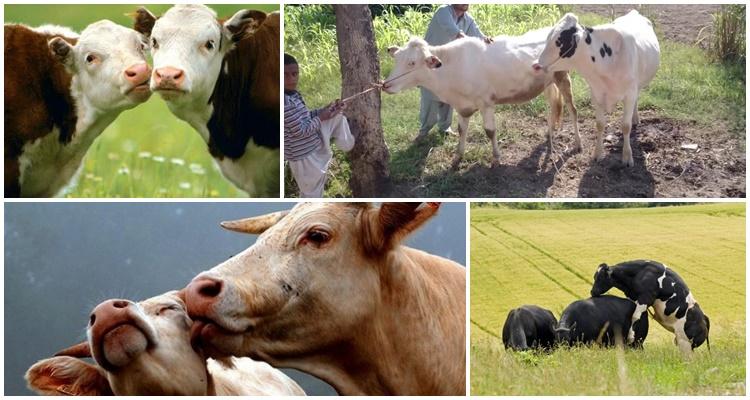
At the end of the breeding period, the effectiveness of covering cows with a healthy bull should be 85-90%. At the same time, the bull itself loses a lot of energy and live weight. During the period of coverings, it is fed with grain mixtures, vitamin and mineral premixes.
Mating process
In the household, cattle are inseminated using natural and artificial mating. In the natural case, the bull and the cows intended for him are left in the pasture, where the male himself determines the time when and with whom to mate.This method has drawbacks - not all females can become pregnant, it is difficult to determine the exact date of coverage, and hence birth. In manual mating, the bull covers the cow when he is brought to her. The effectiveness of this method is higher, you can make a record of cases, calculate the date of calving.
It is not necessary to keep a bull to cover a cow. Artificial mating has long been used on farms and in private households. In this case, the bull does not inseminate the cow directly, it is injected with his sperm. The advantages of this method: you can get offspring from purebred animals, which will have improved characteristics, from one dose of semen of one bull, you can get more calves than usual, it is easier to control the insemination process, the effectiveness of the method is higher than with natural mating.
Possible problems
Heavy use of cows often has a negative effect on their reproductive function. Some have to be inseminated during not one, but several streams. Cows that fail to get pregnant after 3 consecutive sirens are considered problematic. Moreover, their sexual cycle proceeds normally, hunting occurs at the right time, but the animal is not fertilized.
The reasons for this state of females may lie in hormonal abnormalities (problem individuals have a higher level of progesterone than usual), in a change in the uterine environment, which rejects the embryo. Embryonic mortality can be the cause.
Poor housing conditions, insufficient nutritional or, conversely, excessive feeding, when animals get fat - all this also leads to violations in the reproductive sphere of cattle.
Mating of cows should be carried out at a certain time, when the animal body will be maximally prepared for fertilization. To determine the date of mating, you need to monitor the manifestations of the sexual cycle of cows, to mate during the hunting period. At home, natural and artificial insemination methods can be used for successful breeding of cows. Which one to choose depends on whether there is a bull on the farm and on the number of livestock.
